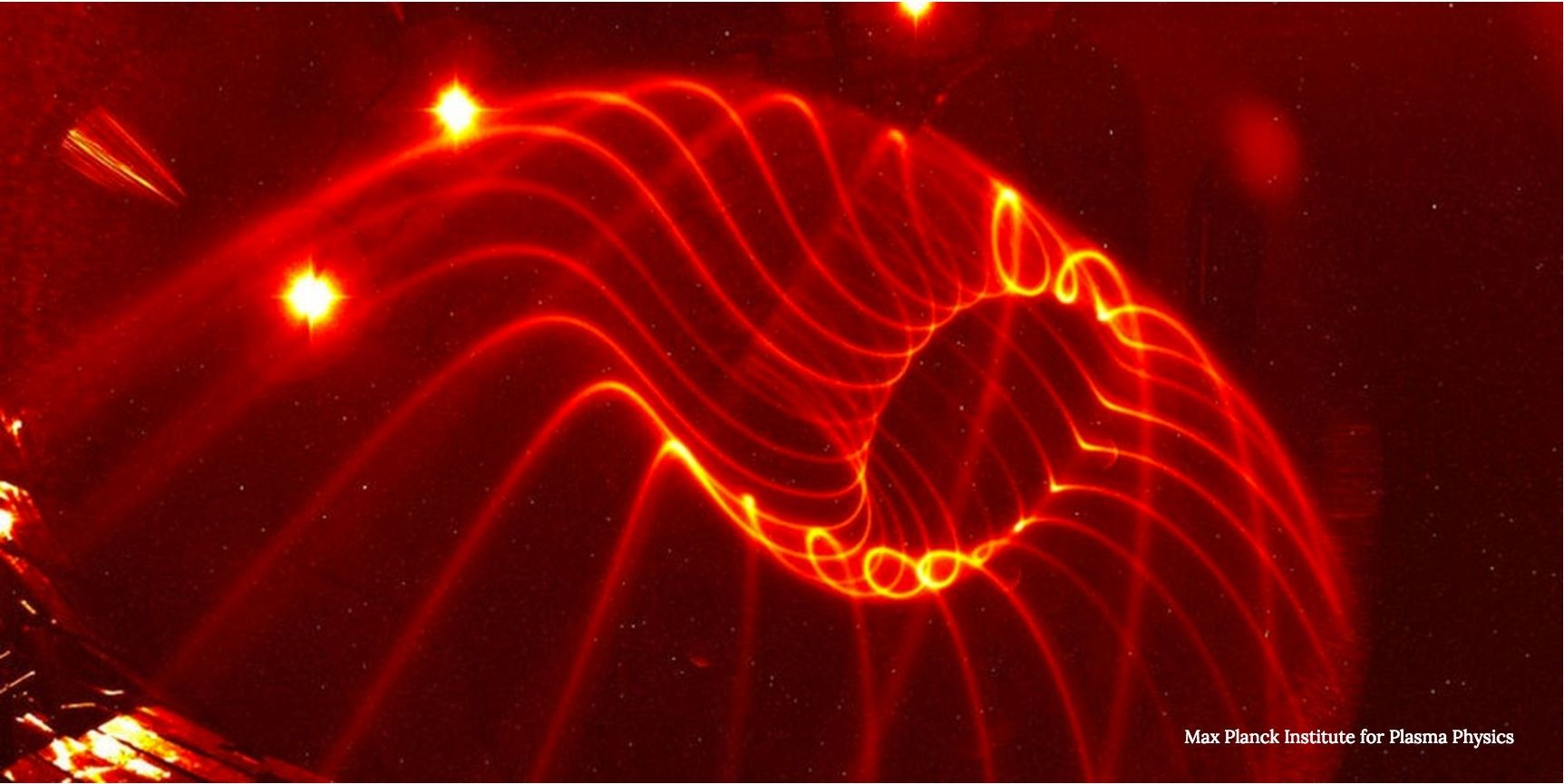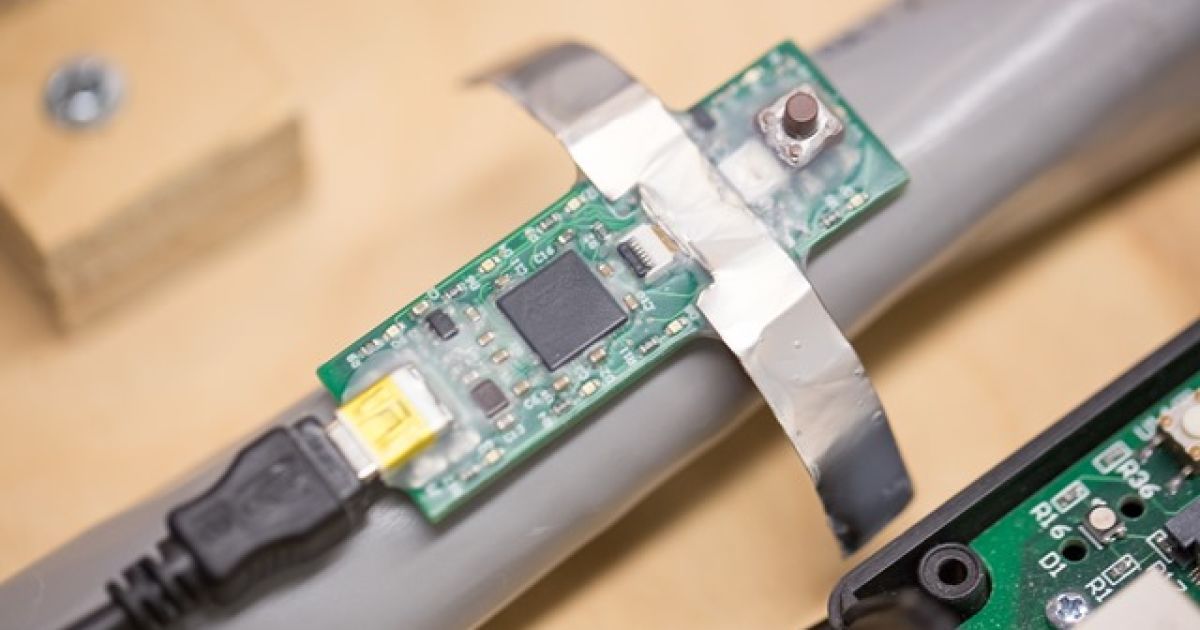Very interesting news…
New tests verify that Germany’s Wendelstein 7-X fusion energy device is on track to safely suspend plasma in magnetic fields.





The recently discovered element 117 has been officially named “tennessine” in recognition of Tennessee’s contributions to its discovery, including the efforts of the Department of Energy’s Oak Ridge National Laboratory and its Tennessee collaborators at Vanderbilt University and the University of Tennessee.
“The presence of tennessine on the Periodic Table is an affirmation of our state’s standing in the international scientific community, including the facilities ORNL provides to that community as well as the knowledge and expertise of the laboratory’s scientists and technicians,” ORNL Director Thom Mason said.
“The historic discovery of tennessine is emblematic of the contributions Tennessee institutions like Oak Ridge National Laboratory, the University of Tennessee and Vanderbilt University make toward a better world,” Tennessee Gov. Bill Haslam said. “On behalf of all Tennesseans we thank this world body for honoring our state this way.”

A Marinha dos Estados Unidos fez uma parceria com cientistas do Massachusetts Institute of Technology (MIT) para criar uma rede de sensores barato, portátil que monitora o consumo de energia de cada um dos seus dispositivos domésticos.
O sistema consiste de cinco sensores de tamanho selo-postais colocados acima ou perto de linhas elétricas que entram na casa, que podem identificar cada luminária ou aparelho com base em seu uso de energia. Ele canaliza os dados para um aplicativo em tempo real, permitindo que as pessoas possa ver quando sua geladeira consome para um ciclo de degelo, por exemplo.
“Já existem maneiras de monitorar o uso de energia doméstico, mas elas envolvem a contratação de um eletricista licenciado ou cortando linhas de energia ou tubos caro para anexar, equipamento especializado,” professor de engenharia do MIT e chefe do projeto Stephen Leeb disse em um comunicado de imprensa. “Com o nosso sistema, é possível instalar sensores sem contato usando laços zip ou mesmo velcro, e usar o processamento de sinal para medir o consumo de energia. Também poderia servir como uma maneira de dizer quando o equipamento precisa de manutenção ou substituição.”

The onset of winter not only has serious implications for the residents of Westeros, but also for high performance athletes, given the higher chances of falling sick during this season while training outdoors. If you don’t mind looking a bit like a Mortal Kombat character, a new electric balaclava would let you keep training like a champ in the cold while lowering the risk of contracting chest infections.
A collaboration between researchers at Nottingham Trent University in the UK and German advanced knitting machine manufacturer Stoll GmBH, this 3D-knitted headpiece prototype features a built-in heating area around the nose and mouth made of electric-conductive yarn. A knitted power socket at the rear of the garment allows the wearer to insert a rechargeable cell battery to power the device.
“By using electric-conductive yarns which are so tiny that they cannot be felt by human skin, we’re able to provide a consistent level of warmth to a piece of clothing so that a runner only breathes in warm air,” explains Tilak Dias, founder of the Advanced Textiles Research Group at Nottingham Trent University.

With the continuous advancements in nano-satellite technology, there has been a significant increase in proposed CubeSat missions for sophisticated space exploration. Due to their cost efficiency, rapid development and ongoing miniaturization of satellite bus systems and scientific payloads, CubeSats offer the potential to increase the range of capabilities of deep space explorations. Missions already on launch manifests such as Mars Cube One, Lunar Flashlight, and NEA Scout will demonstrate the use of CubeSat technology for planetary explorations. CubeSat capabilities are also being expanded for other deep space missions and for the detection technique of Near Earth Objects (NEOs). With the increase in anticipated that CubeSats will increasingly become an attractive option to conduct cost-effective interplanetary missions. This increase in interest and development allows further advancement of Technology Readiness Level (TRL) of the present technology, which can be extrapolated for extra-solar and near interstellar missions. The work presented in this paper addresses the potential utilization for interplanetary and near interstellar missions using technology developed from off-the-shelf components. The paper introduces the current CubeSat technologies, their baselines TRLs, and the requirements needed to conduct such missions. It further presents the feasibility study of the available CubeSat technology to conduct near interstellar mission by the year 2030. The feasibility of different propulsion, communication, electrical and power subsystems with a TRL level of 5 and higher in the next 10 years is evaluated. This paper outlines the fundamental mission and spacecraft architecture required to exit the solar system using miniaturized space system technologies. The analysis and suggestions presented in this paper help recognize the resourcefulness of CubeSat for interplanetary and the edge of the solar system missions.

“A new forecast by the International Energy Agency claims that global gasoline consumption for passenger vehicles will decrease in the next five years.”

NRG-X is the world’s first fully automatic charging solution, which provides efficient, high power energy transfer, has a great range of parking tolerance and can be simply retrofitted to almost every electric vehicle. Therefore, NRG-X is the ideal solution for convenient every day charging of your electric vehicle primarily at home. The system comprises two basic components: